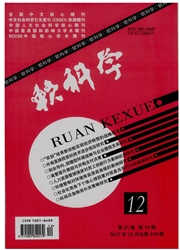

 中文摘要:
中文摘要:
从经济主体行为出发,讨论了城乡收入差距与要素流动的内在关系,结合新经济地理学分析范式,对经济增长的空间演变规律进行了分析。最后,以重庆为例构建状态空间模型和STR模型并进行验证。结果表明:城乡收入差距与人口城镇化存在倒“U”关系,要素流动和政府参与度对缩小差距存在时滞性和时变性,城乡差距正向影响经济增长,但作用逐步放缓,且具有非线性转换特征。基于此,应加强区域化分工,促进要素合理流动;继续深化户籍改革,有序推进农业转移人口市民化;调整财政支出和农地流转政策,激活农村要素市场,保障农村经济长效增长。
 英文摘要:
英文摘要:
Assuming that the behavior of economic agents, this paper discusses the inherent relationship between urban-rural income gap and factor mobility, and analyzes the spatial evolvement in above both elements and economic growth theoretical- ly by the methods of the new economic geography. Finally, taking Chongqing as an example, it builds state-space model to testify. The results show that there's an inverted "U" relationship between the urban-rural income gap and population urban- ization, the elements flow and participation in economic activities of the Government have time-lag effect and time-variation effect on narrowing the gap, and the gap have an impact effect on economic growth, but slowing down. Based on above, it is feasible to strengthen regional division of labor, promote the rational flow of factors, deepen the reform of household regis- tration, adjust fiscal expenditure and the policy of land transfer, activate the rural factor markets, and ensure the rural econ- omy growth.
 同期刊论文项目
同期刊论文项目
 同项目期刊论文
同项目期刊论文
 期刊信息
期刊信息
